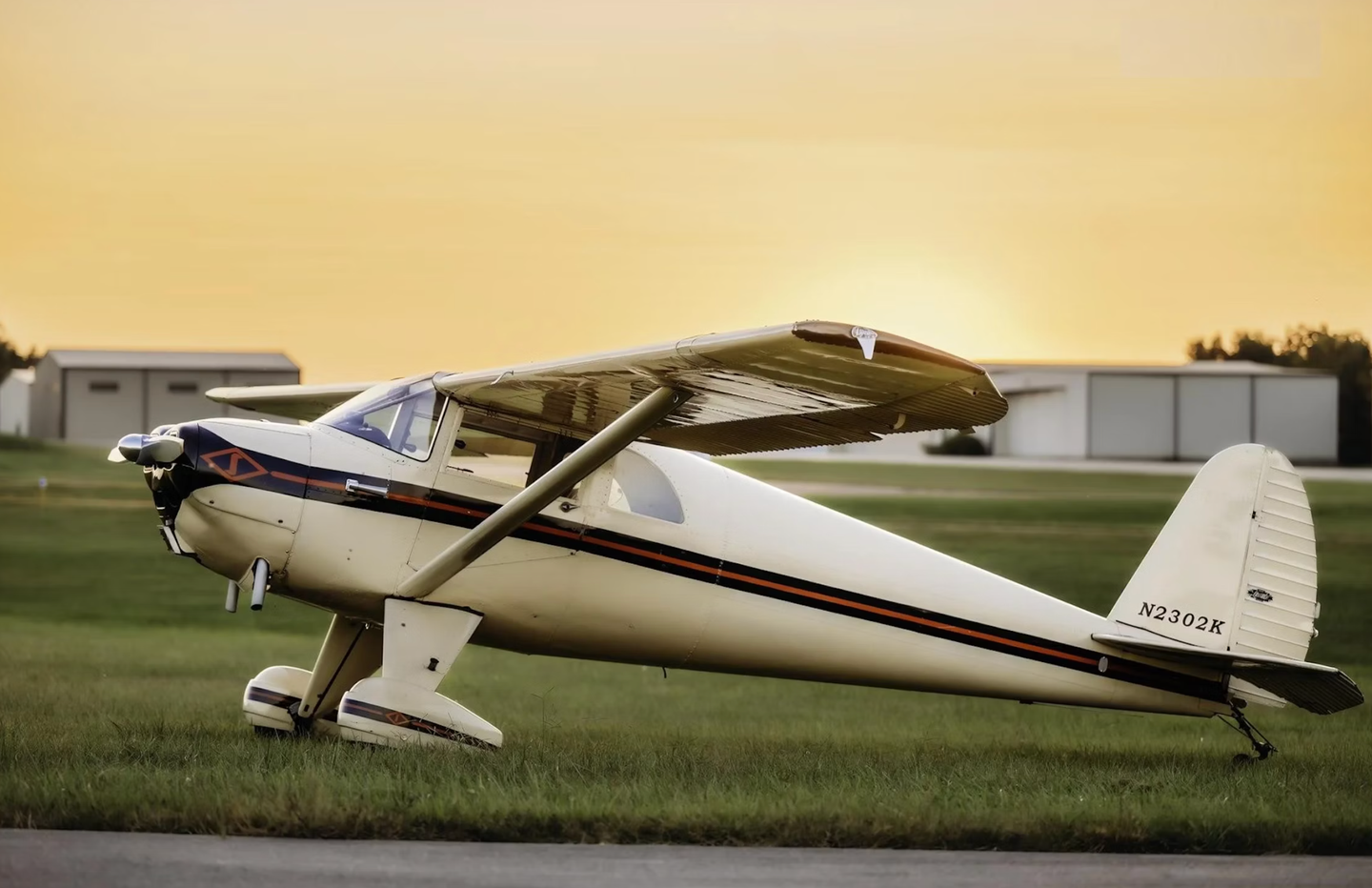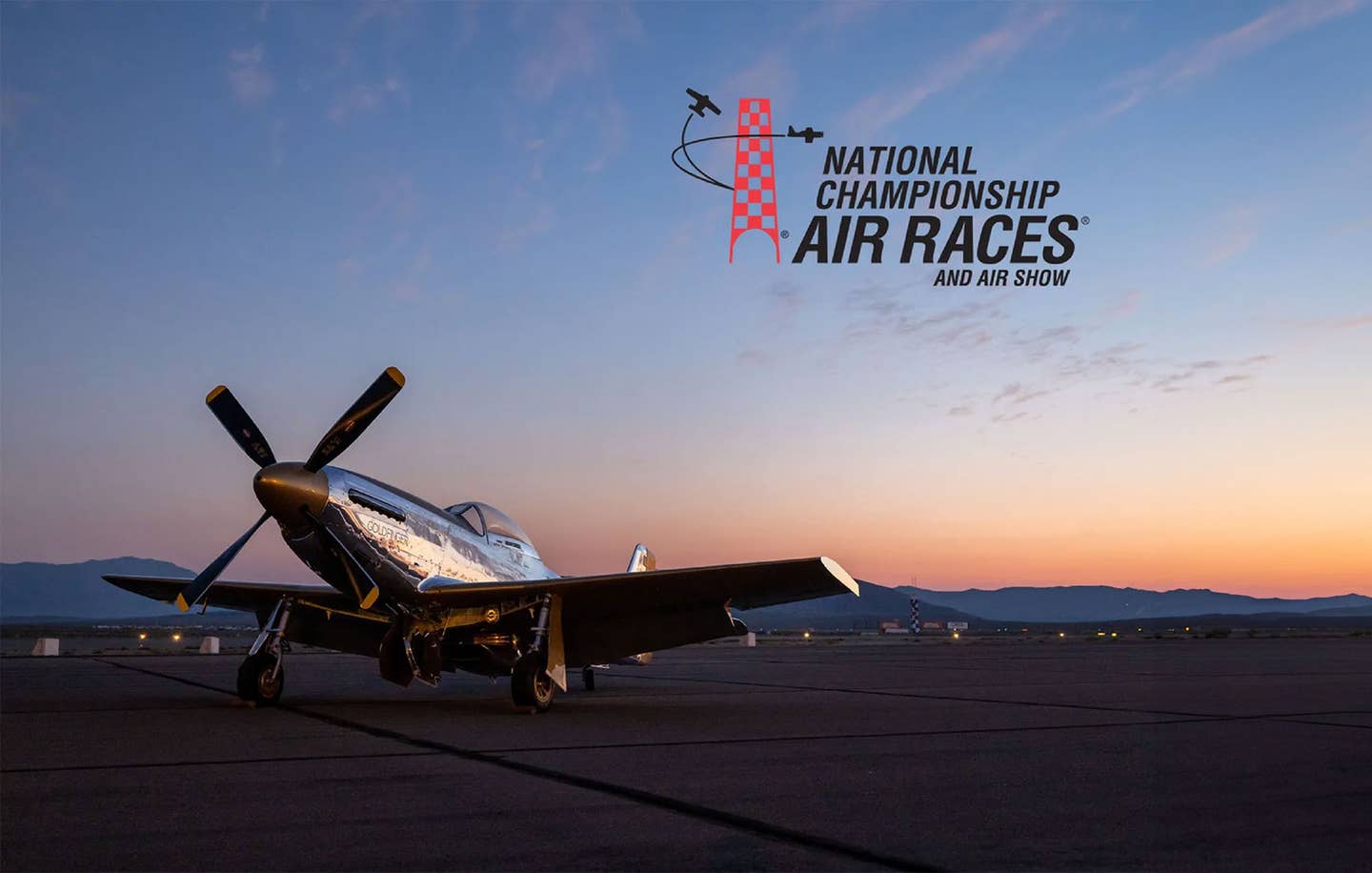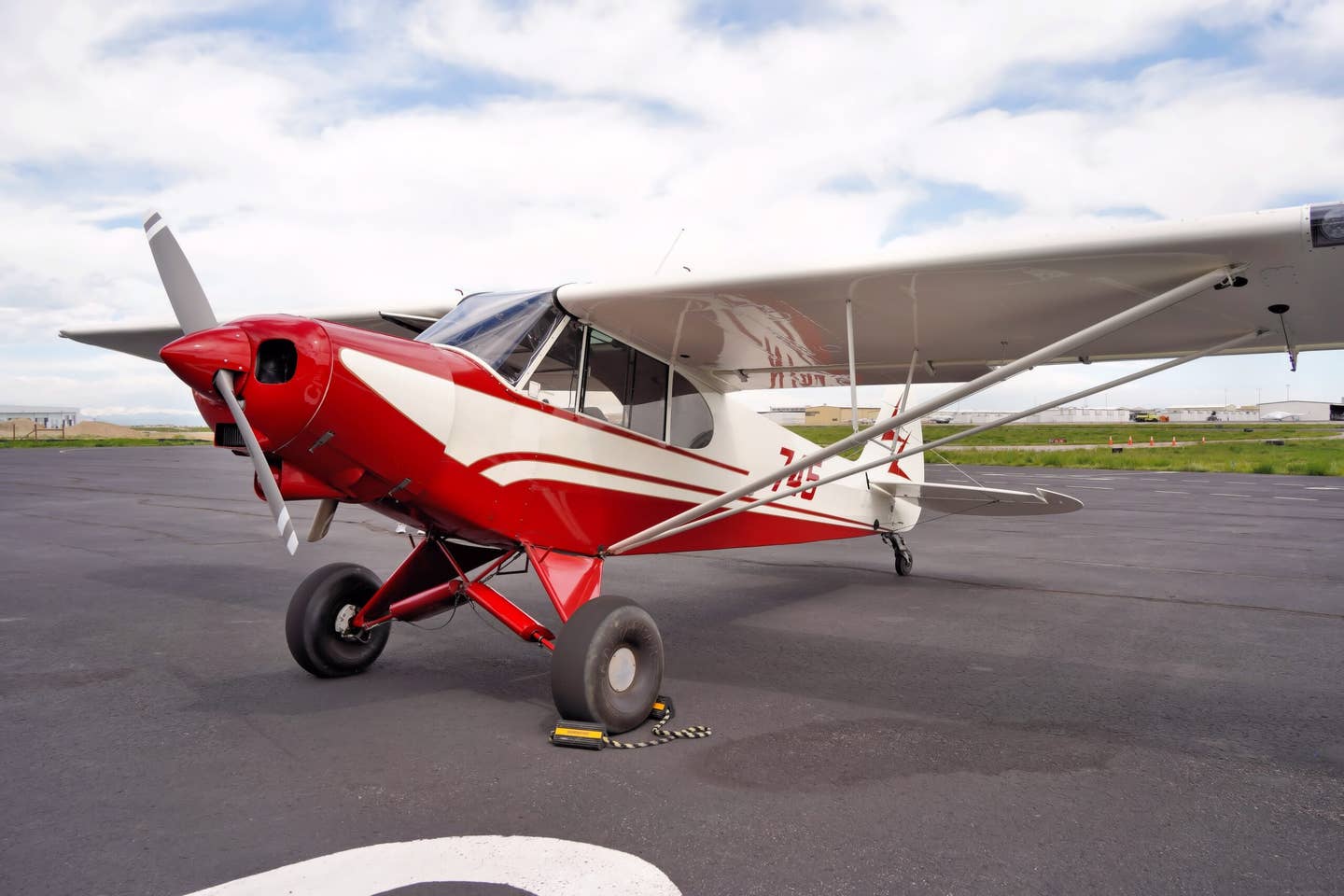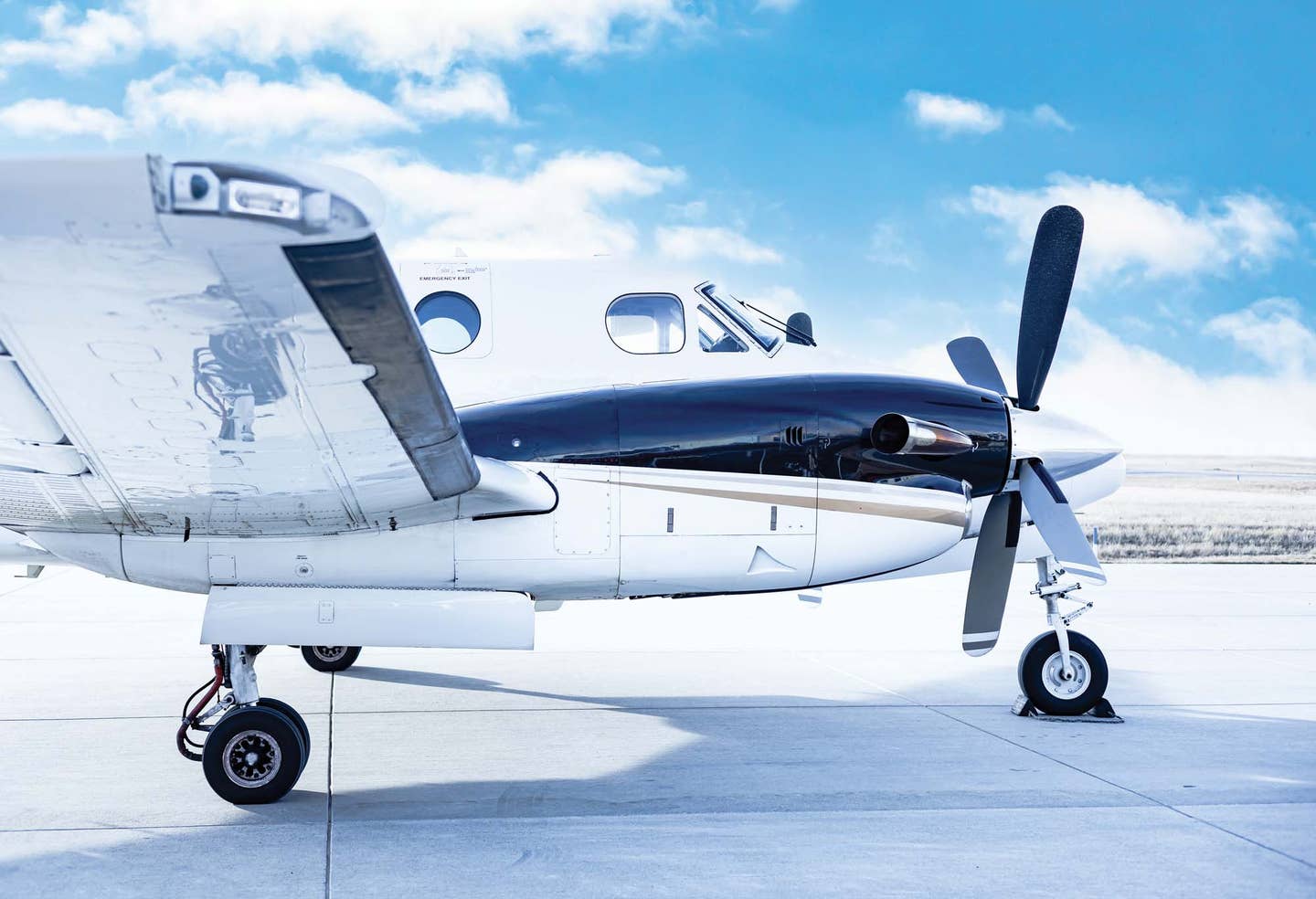IFR Descent Hacks
Knowing when you can start to descend on the approach and how low you can go can be tricky. Here are some clever tips to keep you out of the trees.
I recently hosted a get-together of pilots working on their instrument ratings and instrument instructors for what we jokingly called "IFR Bible Study." It was an open evening of questions on approach charts and avionics use, lubricated by pizza and beer. My greatest instructional weakness might be exploring the complexity of an answer when a monosyllabic reply would have sufficed. I've even had fellow pilots ask me about some IFR procedure by prefacing the question, "Don't tell me why. Just tell me ’yes' or ’no'..."
Such was the case when I projected the Localizer Runway 8 approach to Danbury, Connecticut (KDXR), on the wall. My leading question to the group was, "When can you descend?" The question had been posed to me by a reader weeks earlier---and I realized I had no idea how to answer it precisely. The best I could do was a few different hacks that did the job without fuss. These can be handy for all sorts of descents, even under VFR. More on that in a moment.
The complete question was this: "Suppose you're being vectored onto the approach from the northwest at 3,000 feet and well outside the final approach fix at AMORE. You receive the clearance, ’... 7 miles from AMORE, fly heading 120, maintain 3,000 until established, cleared Localizer Runway Zero Eight approach.'"
To see why that's a tough question, let's back up to flying this approach without help from ATC. The plan view (top-down view) shows the initial approach fix (IAF) is AMORE. We could reach AMORE directly using our GPS, or we could use conventional navigation to the Kingston VOR (IGN) and then fly a transition on the 167-degree radial at 3,000 feet. Once we reach AMORE by either method, we use the hold-in-lieu-of-procedure-turn (HILPT) to reverse course and establish ourselves inbound on the localizer.
The profile view shows we go outbound in this one-minute holding pattern at or above 2,300 feet. Once we turn inbound, we can descend for 2,000 feet to cross AMORE again. Then it's a descent to 1320 until WOMAL, and then 1,100 for the final approach.
In the real IFR world, we'll never do that HILPT. Instead, ATC vectors us to join the localizer several miles outside AMORE and leaves it up to us when to descend. So, there we are at 3,000 feet and joining the localizer, say roughly 6 miles outside AMORE. We're established, so descent is at our discretion, but how low? Can we go all the way down to 2,000? Should we only descend to 2,300 until we get closer? Or do we need to stay at 3,000 for a bit longer?
If the holding pattern was 4 miles instead of one minute, it would be simple: The protected area is for a hold that's 4 miles long, we're 6 miles out, we stay at 3,000 until we're less than 4 miles from AMORE.
If the profile view said, "Remain within 10 NM," as it does for many procedure turns, and we were only 6 miles from AMORE, we could descend to 2,000 because the turn could take 10 miles safely. However, you won't find that text with HILPTs.
Practically speaking, you could guess that if you're only a minute from AMORE, you could descend, because that's a one-minute holding pattern, but that's 1,000 feet in a minute if you want to cross AMORE at 2,000 feet. Can't you go down sooner? Surely if a one-minute from AMORE is safe for a jet still flying 200 knots, then two or three minutes from AMORE must be safe in a Skyhawk.
I'd love to tell you exactly how far is safe on this chart---but I don't know the answer. It turns out there are all sorts of factors that get consideration before a final number is scribed. However, the smallest possible number is 4 NM. So, here's your hack: When in doubt, don't descend until within 4 miles from the final approach fix.
Another hack is the "(CFCHP)" in the plan view. These parentheticals are Computer Navigation Fixes and allow GPS navigators to handle navigation where humans would use timing. These fixes don't appear on controllers' scopes, which is why they don't need to be pronounceable. You'll never get "Direct CFCHP." However, you can see your position relative to that fix on this chart if it's geo-referenced and you have software that shows your position. You also might see the fix in your GPS's flight plan when you load the approach. If you're inside CFCHP heading back to AMORE, you can descend to 2,000 feet.
Estimating The Go-Down
You're within 4 miles and know you can descend, but you want to make it a smooth, continuous descent if at all possible. The chart helps you out a bit here. Just to the right of AMORE's position in the profile view, it shows there's a three-degree angle to a TCH (threshold crossing height) of 40 feet. If you cross AMORE at 2,000 and descend on a three-degree descent angle, you'll cross the first brick of the runway 40 feet in the air.
Note that you have no obstacle protection below the minimum descent altitude (MDA) of 1,100 feet, which is 643 feet above the airport and the touchdown zone of 1,000 feet from the runway threshold. A useful point to know is where along the final approach path that continuous decent reaches MDA. That's a point where you would have to see the runway environment---and any obstacles ahead---to continue and land safely. Some charts show a V for the visual descent point, but this one does not.
The Swiss Army knife of aviation math is that for a one-degree angle, every mile over the ground is about 100 feet in the air. That means a three-degree angle is 300 feet in the air for every mile. Six hundred feet above the runway on a three-degree angle is 2 miles out. That's from the touchdown zone, 1,000 feet down the runway, but the MDA is actually 647 feet, so we can call that roughly a wash. What's important is you'll reach MDA about 2 miles from the threshold if you fly a three-degree descent from crossing AMORE at 2,000 feet.
You can back this up further to help plan your descent. If you were on the localizer at 3,000 feet and you wanted to cross AMORE at 2,000 feet on a three-degree descent, that would be 1 mile for 300 feet, 2 miles for 600, 3 miles for 900, and about 3.3 miles for 1000 feet.
Are you an aviation enthusiast or pilot? Sign up for our newsletter, full of tips, reviews and more!
Put it all together, and you could intercept the localizer at 3,000 and start down 3.3 miles before AMORE. That's safely within our 4-mile hack. This would have you cross AMORE about 2,000 and WOMAL about 1,370 in one long, continuous descent. So long as the visibility was 2 miles or better, you'd see the runway environment by the time you reached MDA and could keep going on down to the runway all on a smooth, three-degree descent.
Of course, there are several digital features to do this same thing. If the approach has "+V" guidance on a GPS, that would work. So would employing the visual approach feature on a Garmin GTN navigator (see sidebar).
A simple vertical speed required to AMORE would help for the first part but not so much for the descent to the runway. In this case, an estimate of just vertical speed needed for three degrees would help.
Use your groundspeed, not airspeed, as a baseline. (Don't tell me you don't have some GPS in the airplane. Even your phone will work.) Multiply your groundspeed by five to get a rate of descent. A groundspeed of 90 knots would be 90*5, or 450 feet per minute of descent to hold three degrees. If that math is unappealing, the same can be done by adding a zero and dividing by two: 90 becomes 900, divided by two is 450. Same outcome by a different route.
These kinds of mental gymnastics take just a bit of practice before it's easy in the cockpit and at the end of the flight. Sometimes it's even faster than using the digital tools. No matter how you slice it, though, it's good to have a few quick rules to go by when the go-down is up to you and you're not sure where to start.

Subscribe to Our Newsletter
Get the latest Plane & Pilot Magazine stories delivered directly to your inbox






